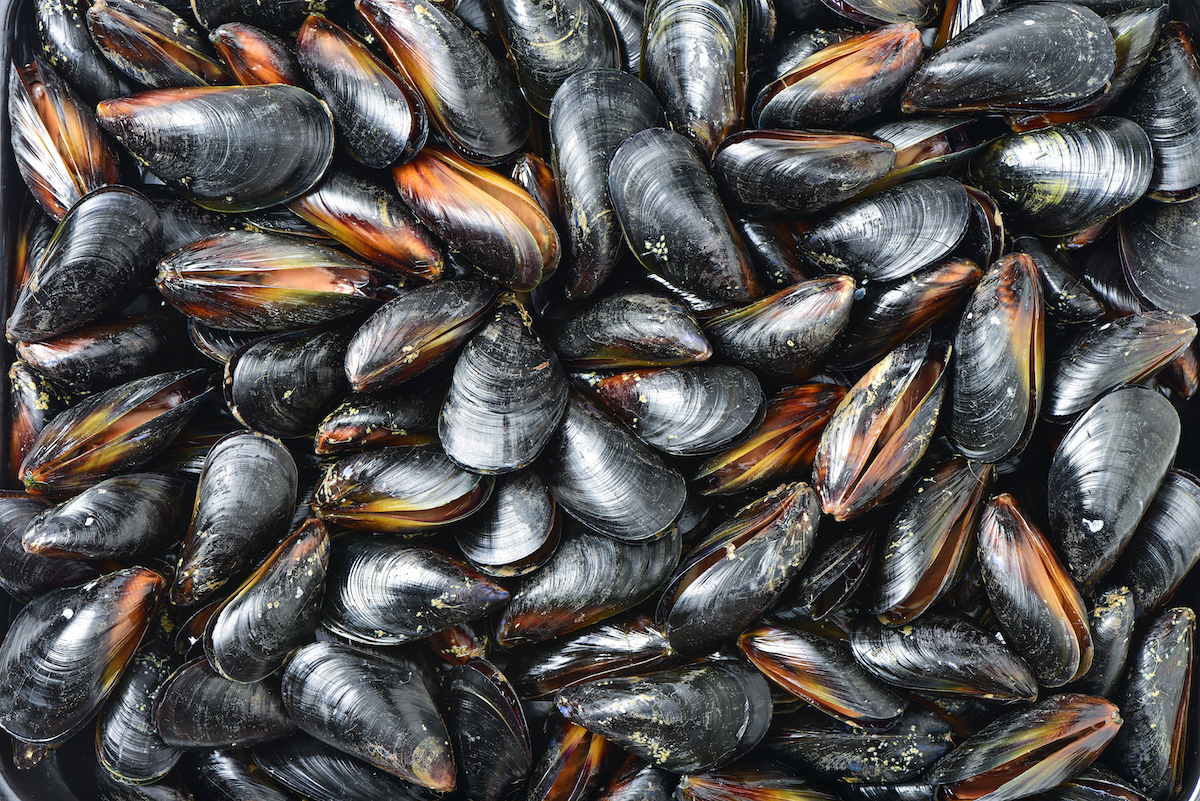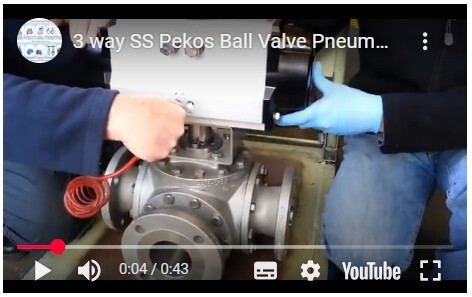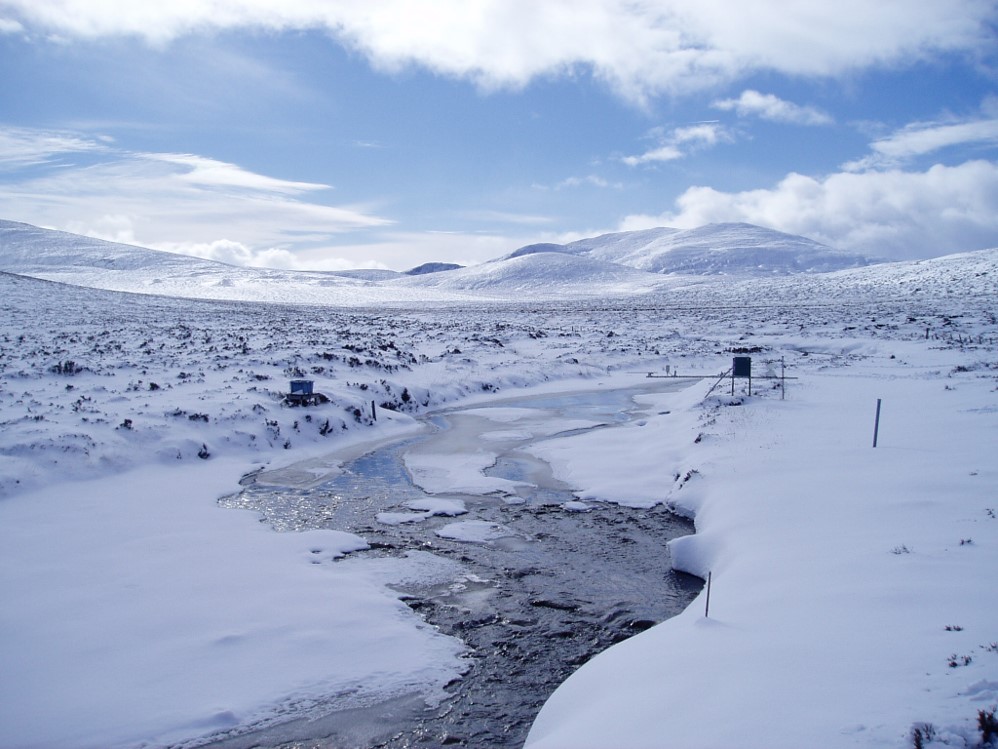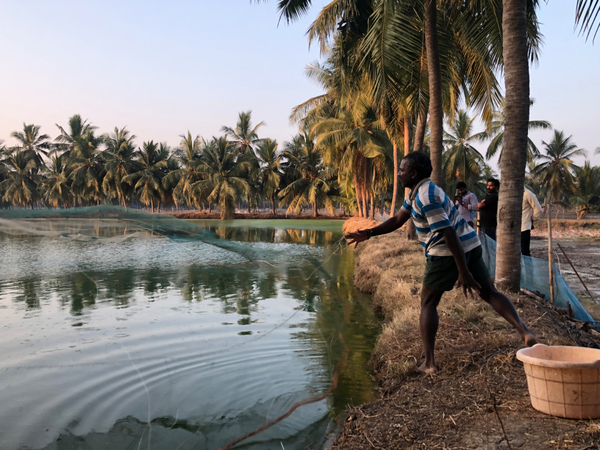ASSG Conference: Testing for toxins
In a session at the Association of Scottish Shellfish Growers’ conference in Oban, in October, delegates heard about progress towards evaluating market solutions to the problem of testing for shellfish toxins.

The quest for a reliable and affordable rapid biotoxin test is a major challenge for the shellfish industry, since the previous testing kit, from Neogen, is no longer available on the market.
Andrew Turner, Principal Chemist in the Health and Welfare Group based at Cefas’ Weymouth laboratory, gave the conference an update on the Cefas evaluation of two current contenders.
Three groups of regulated marine biotoxins are periodically found in shellfish harvested from waters around the UK and known to present a risk to human health. These are Amnesic Shellfish Poisoning toxins (ASP); lipophilic toxins (which include Diarrhetic Shellfish Poisoning (DSP) toxins, azaspiracids or AZAs, and yessotoxins or YTXs); and Paralytic Shellfish Poisoning toxins (PSP).
Cefas was assessing the two main commercial lateral flow tests for DSP, ASP and PSP. These are manufactured and distributed by AquaBC and Sensoreal. The test kits provided by the two suppliers were put through their paces in the Cefas lab, correlating their qualitative test results for toxins with the established lab tests, which are quantitative and more accurate, but are more costly, take more time to run and cannot be used by farmers onsite, let alone out at sea.
No rapid lateral flow test is perfect, but with the UK samples, it was found that AquaBC came up with 30% false negatives for DSP (at >160mg/kg), and around 30% false positives for ASP (<10mg/kg) and PSP (<400mg/kg). The AquaBC test was applied to mussels only.
In contrast, the Sensoreal test gave just 8% false positives for ASP (<10mg/kg) and no false negatives or positives in the other categories (see table), a near-perfect set of results.
The global samples were a little more challenging for the Sensoreal test, with 8% false positives for DSP, 5% for ASP and 6% for PSP. This round of tests involved mussels, oysters, clams, scallops, geoduck and gastropods, containing highly complex toxin profiles which provides a huge challenge to rapid test kit performance.
Andy Turner pointed out that the existence of two options in the market is a good thing in its own right, particularly since efforts to develop such a rapid toxin test in the UK have so far not borne fruit in the form of a commercial product.
He added that the Sensoreal tests give results in one of three ranges – low, medium and high – effectively a “green”, “amber” and “red” warning system rather than the binary results reported by the AquaBC products.
Preparation time for the Sensoreal test involves one extra step compared with the AquaBC kit, but even so it only takes an extra few minutes and the overall tests for both suppliers should come through within one hour.
The commercial Cefas lab test using advanced chemical detection methods such as mass spectrometry requires an overnight analysis, and commercial samples at Cefas are assigned a five-day turnaround, the cost of which is approximately ten times that of a rapid test.

Speaking to Fish Farmer after the conference, John Holmyard of Offshore Shellfish, which farms mussels off the coast of south-west England, commented: “No test will be perfectly accurate, but this sounds a lot more so than what we had before.”
He pointed out that one difficulty with the previous Neogen test was that it could not easily be used on a boat, so it could only be applied to mussels once they had been harvested, potentially meaning that a positive result for the presence of toxins could lead to the whole harvest being wasted.
In contrast, an onsite test carried out at sea could mean that farmers have the option of leaving the mussels for several months while the toxins clear, since they are not deadly for the shellfish.
Why not try these links to see what our Fish Farmer AI can tell you.
(Please note this is an experimental service)




